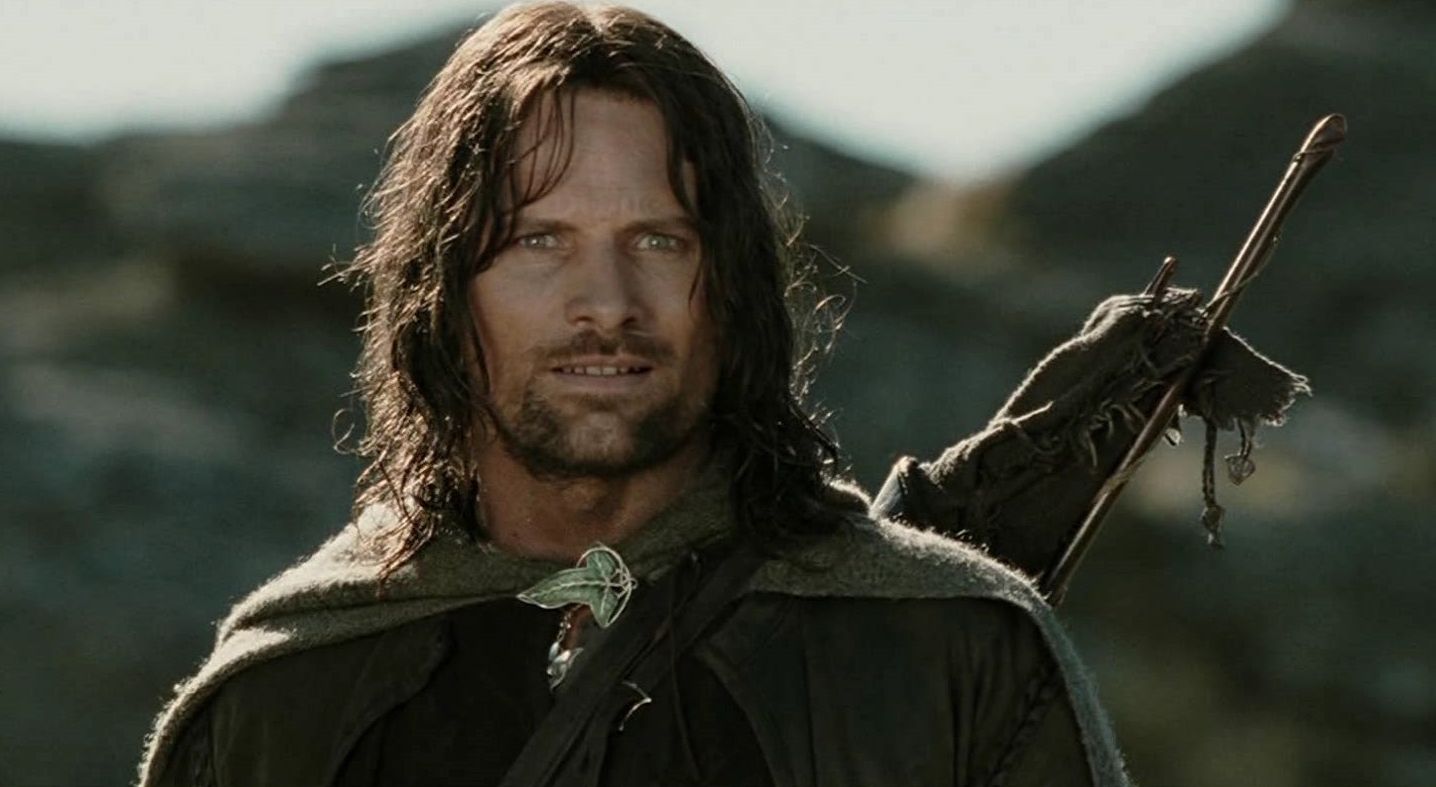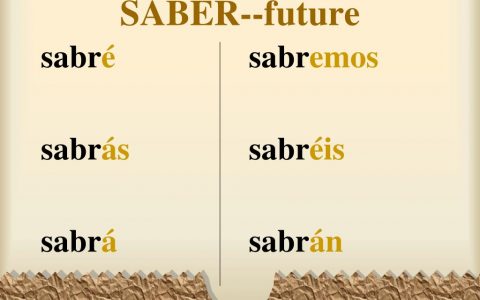Here we’ll be discussing the concept of Indirect Characterization. Before that, let us get a brief idea about what characterization is. So, any work of literature is made up of three components. These are language, story, and character. With this comes the concept of character building. Therefore, it is the process by which the writer creates or constructs a character. So, well-developed characters have traits or qualities that describe their personality. These are words we use to describe a person. Such words are helpful, lonely, arrogant, successful, etc. There are two ways one can use to describe. Indirect way and direct way. An indirect way is critical for developing versatile characters. We will try to under the concept behind it. We will also see why is it important in terms of literature?
So, in this article, we are going to discuss the essentials of this concept. This is for your easy understanding. First, let us begin with a definition of the concept.

Indirect Characterization Definition?
It is a type of writerly concept that reveals the personality of a character without stating them in a definite way. The author does not describe a character straightforwardly. He shows their traits through that character’s speech, thoughts, actions, and appearance.
Let us take the help of a few examples so that you can understand the concept clearly. See the sentence below.
e.g., “Eddie was a quiet well-mannered boy and did not disobey his mother.”
Here, we can easily imagine the character traits of Eddie. They are “quiet” and “well-mannered”. This is the direct way.
Now let us take another example. See the sentence below.
e.g., “I watched John as his face turned red, and he snapped at the man without warning.”
In this sentence, the reader assumes that John is short-tempered. It is because of how he reacts to the incident. Therefore, the reader assumes what the character is like. It is based on what they read. This is the indirect way.
Now, what are the methods used for this? There’s one to describe it all. The word STEAL. It defines five different methods of indirectly presenting a character. We will break it down for you so that you can understand it better.
STEAL Indirect Characterization
Speech: How does the character speak with others?
Thoughts: What is revealed through the character’s private thoughts and feelings?
Effect: How do other characters feel or behave towards the character? / What is the effect of the character on others?
Actions: What are the actions of the character towards others?
Looks: How the character appears or looks?
Let us understand better the indirect ways. So, consider a case of you watching a movie or TV show. Before watching the content, you can see the names of the characters listed at the beginning. However, you cannot differentiate the character traits such as honesty, selfishness, arrogance, or any other adjective. As the movie unfolds you see how the characters react to different situations. Therefore, you get a clear idea about the different types of characters in the show. It is also similar in the case of novels and short stories. You go through the novel or the short story. Therefore, you begin to understand the personalities of different characters. It can be through their actions, words, and thoughts. So, it is when the reader or the audience is shown things that reveal different traits of a character.
What is the Significance of Indirect Characterization?
So, now let us see why it is important? This is a necessary method used in creative writing. The author does not use words to guide the reader in making their conclusions about any character. So, a more engaging and lifelike storyline is created. This helps readers to figure out what a character is like.
- Indirect characterization humanizes a character – A character’s thoughts, emotions, reactions to different situations, and worldview on various topics are revealed. Therefore, the reader is introduced with a clear understanding of how the character is.
- More showing, less telling- Think how a certain character can be shown as “rude,”. You can use words or show a scene where the character blows smoke on another’s face. Both of these provide the same meaning. However, the first method is the direct way and is less subtle than the second method.
- Indirect characterization provokes the imagination and leads to discovery – The writer provides the reader with an opportunity to draw their conclusions and make their discoveries. It creates an overall more satisfying and intriguing reading experience. The readers are much more engaged in the work and they are able to run their imagination freely.
The Difference between Direct and Indirect Characterization
Direct and Indirect ways of character building are both different and should not be confused with one another. We must know the difference between these two. So that, one can determine which one is more applicable and how it can enhance the quality of writing.
When the reader or audience is told what the character’s personality is like, it is the direct way. It is the description of a character through their physical description, job, passions, and pursuits. Remember the well-known phrase ‘show, don’t tell. It well fits this difference. It describes the character traits based on how they behave or speak. On the other hand, the direct method shows the reader or audience the type of person that character is by using adjectives. Thus, these two types are very much common in the literature to describe direct and indirect characters respectively.
Read Also: What is Molar Mass? – Definition, Formula & Examples
While reading readers always draw their conclusions. But as the work becomes full of unnecessary details, they fail to connect links between incidents. This is not necessarily always an issue. Readers come up with different backgrounds and experiences. Therefore, they create different interpretations of the text. But if the writer is too dependent on indirect ways for major plot points, the reader misses necessary clues. As a result, there might be a gap in understanding. This can become difficult for the reader.
Indirect Characterization in Literature
In Harper Lee’s “To Kill a Mockingbird” you can see great examples of indirect characterization. So, we consider the part where Atticus Finch kills a rabid dog named Tim Johnson. Now try to realize how this event indirectly characterizes Atticus.
“With movements so swift they seemed simultaneous; Atticus’s hand yanked a ball-tipped lever as he brought the gun to his shoulder. The rifle cracked. Tim Johnson leaped, flopped over, and crumpled on the sidewalk in a brown-and-white heap. He didn’t know what hit him.”
When you see the above part, you’ll know it contains examples of indirect characterization. It shows Atticus’s willingness to step up as a leader when needed. We can also see his ability to handle a firearm with swift precision.
Now take another example from The Great Gatsby, by Scott Fitzgerald.
“Two shining arrogant eyes had established dominance over his face and gave him the appearance of always leaning aggressively forward. Not even the effeminate swank of his riding clothes could hide the enormous power of that body—he seemed to fill those glistening boots until he strained the top lacing, and you could see a great pack of muscle shifting when his shoulder moved under his thin coat. It was a body capable of enormous leverage—a cruel body.”
Here you see how the physical description of Tom, “arrogant eyes” and “great pack of muscle” describes him as cocky and muscular. You can see how Fitzgerald uses an indirect method to provide us with specific detailing of Tom’s clothing. It includes his “glistening boots” and “the effeminate swank of his riding clothes”.
Indirect Characterization Examples in Movies
Indirect characterization is not only limited to literature but we can use it wherever characters appear. Like in movies, TV, plays, and any story. Characterization is not only applicable to fictional characters but non-fiction works can also use the same methods.
If you watch Christopher Nolan’s Interstellar, you can see this is one of the films to masterfully implement this concept. Imagine “Cooper”, the protagonist, and his actions. Remember how he sacrificed himself for the sake of humanity. This is one great example of this type of characterization. It portrays Cooper’s ‘character’ through his action. It is more engaging than simply describing the character traits.

Now another example is given for you. If you watch The Lord of the Rings: The Fellowship of the Ring, you can see screenwriters again using this concept. They show us why Aragorn is such a great character. Here, instead of being told, you can see that Aragorn is a strong character. He rejects the allure of the ring. Even on the verge of losing his own life, he honors his vow to protect Frodo.

When and how to use indirect characterization In Your Writing
When you are using Indirect characterization in your work, there are certain things you must keep in mind.
- Focus on small details
While writing, you have to focus on small details. The unnoticed details of daily life can be a great approach to indirect characterization. For example, how a character looks. How they keep their hair, their clothing style, or subtle body language. It can be tapping their foot in impatience or biting nails. These tiny details not only reveal a lot about the character but also make the storyline more interesting and realistic.
- Describe a character’s lifestyle to their personality
When you describe a character’s lifestyle, it is also a great way to illustrate their character. For example, how their house appears? Is it messy or neat? By using this, you can describe what kind of person they are. You can also include other details such as when they wake up. Whether they like pets or not, or what they like to eat are all important. It indirectly shows your character’s nature.
- Be repetitive and consistent
Any character, just as in real life, has certain prominent traits. They show these traits over and over again. Now, you have to think up different ways to show the same thing. The process has to be smooth so that the reader does not get confused.
For example, take a character who is forgetful. Now you have to show this without the explicit use of words. Show this by having them arrive late to an appointment, asking a person’s name multiple times, or forgetting to bring important documents to work. If you use all three of these incidents together, it creates a stronger impact.
Writing Tips on Using Indirect Characterization
The indirect method helps readers to understand a character through their actions, thoughts, and speech. If you want to use this in your writing, you must keep some questions in mind and proceed accordingly. Let’s take a look at these questions.
How does your character speak?
You must always develop a unique and noticeable voice for your character. It is crucial in terms of character building. How do they express emotions using words? Do they prefer to get straight to the point? Or do they use fancy words and metaphors? Whether a character is talkative or a listener also defines a lot about them.
How does your character make decisions?
Whether your character takes initiative, largely defines them. How do they react to a dangerous situation or even a simple decision in daily life? Do they prefer to face situations front-to-front? Or just stand back and observe the situation? Does the character have leadership skills or he is just a follower? Would they take action as people close to them are in trouble? Whether your character stays calm or starts to panic when they’re facing a crisis.
How your character behaves with other characters?
You should show how your character interacts with others. How he treats those who belong to a lower social class as well as their equals and superiors.
What are the consequences of your character’s actions?
Does your character handle the consequences of the choices and actions they make? Or do they wash their hands from responsibilities?
How does your character interpret the story’s setting?
You can show the characters’ versions of the story. Two characters might describe the same incident differently. However, it depends on how they observe the situation.
Conclusions
Therefore, we now come to a conclusion. It is indeed a necessary method used in creative writing. Instead of simply stating in words, you can use this to guide the reader in making their conclusions about any character. You can use Indirect ways to define a character vividly. However, it has limits and drawbacks. You can not use too much of this technique in any literature. It can create problems for readers. Through hollow series of actions and reactions, they have to understand a full character arc. Each character is unique in terms of background stories and character traits. We can use the indirect method along with the direct method so that a realistic and well-rounded character is created. In conclusion, one can provide readers or the audience with a more complete picture of the characters by using these.
FAQs
1. What are direct and indirect Characterization?
Ans. Direct characterization refers to character details directly provided to the reader while indirect characterization shows details through a character’s actions or dialogue.
2. What are the 5 methods of indirect characterization?
Ans. The Five methods are shortly known as STEAL. It defines the speech, thought, effect on others, action, and looks of a character.
3. Which sentence is an example of an indirect characterization?
Ans. “I watched John as his face turned red, and he snapped at the man without warning.”
In this sentence, the reader assumes that John is short-tempered because of how he reacts to the incident. Therefore, the reader assumes what the character is like, based on what they read. This is indirect characterization.



